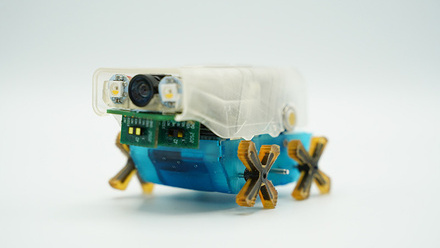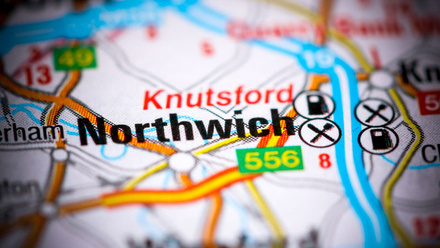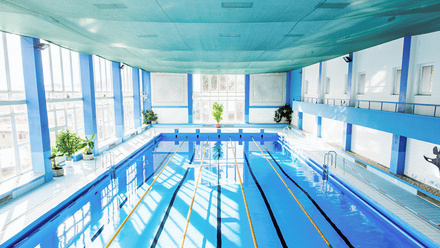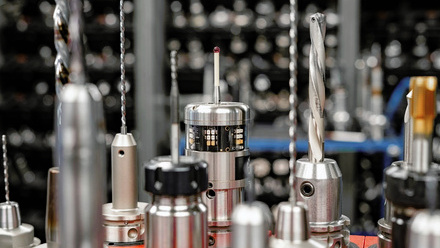3D scanning helps preserve 18th Century statue
The restoration project at Wentworth Woodhouse, South Yorkshire, UK, includes creating a digital model of the Germanicus statue.
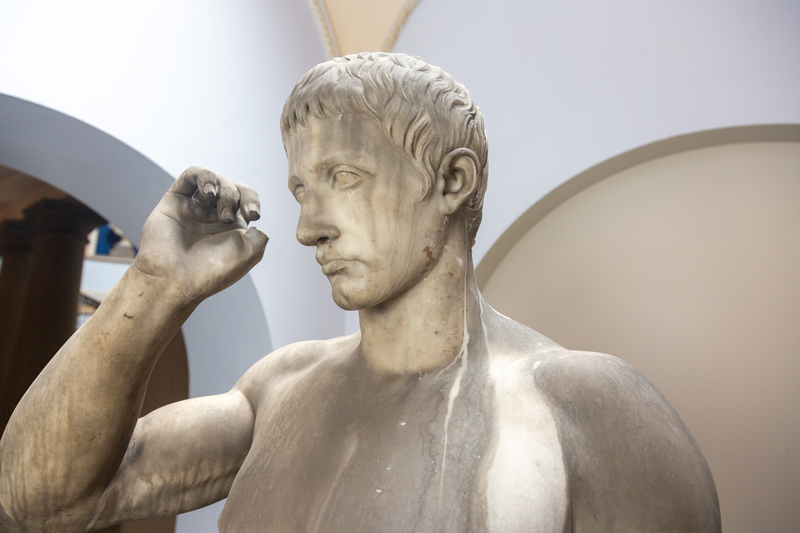
The University of Sheffield Advanced Manufacturing Research Centre (AMRC) and PES Scanning helped create a highly accurate digital blueprint of the statue.
The digital ‘point cloud’ model was constructed using a hand-held 3D laser scanner to capture the detail to an accuracy of 0.020mm and resolution capability of 0.01mm.
The scanner projects lines of laser light onto the surface while two sensor cameras continuously record the changing distance and shape of the laser lines in 3D as it sweeps over the statue, taking up to 1.6 million measurements per second.
A software meshes the points into surfaces, joining them up into ‘point clouds’, which can be loaded into computer aided design platforms.
This means the statue can be kept at a standard if further disrepair occurs, and also allows reverse engineering and 3D printing into miniature replicas.
Suzanna Mitchell, Project Engineer at the AMRC, says, ‘The replicas were manufactured using our Photocentric LC Magna 3D Printer, which is capable of creating large, high-detail, low-cost parts. This polymer AM technology uses an LCD Mask approach to fully expose each print layer instantly, allowing us to produce three statues in 31 hours.’
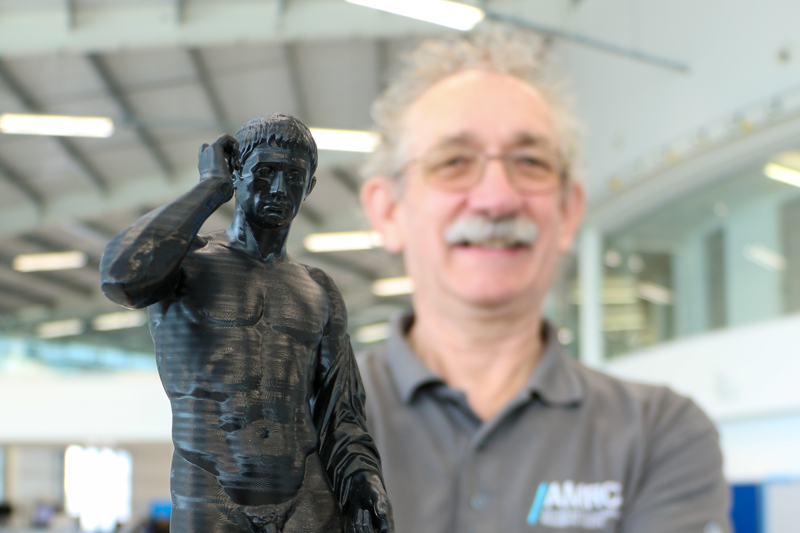
There are also plans to use the scans to create edible versions of the statue.
The white-marble statue of Germanicus in the grand Pillared Hall stands at 180cm tall and was commissioned in Rome by the Second Marquess of Rockingham in the 1750s. It was sculpted by Filippo Della Valle, who also made sculptures that can be seen on the Trevi Fountain in Rome.
In the mid-20th Century, water seeped into the building explaining the current appearance of statue.
Germanicus was an immensely successful ancient Roman General and politician, and he was hugely popular in his day. He was the father of the emperor Caligula and the older brother of the emperor Claudius and was regarded by many as being the ‘ideal’ Roman.



